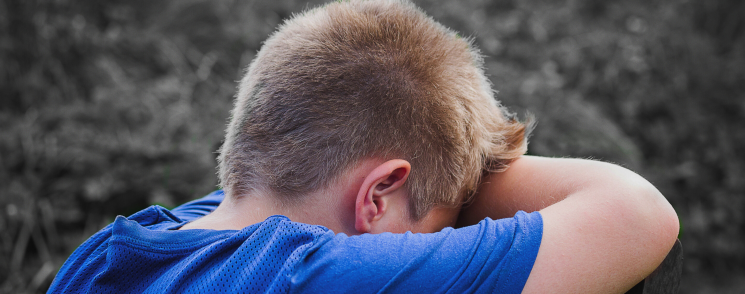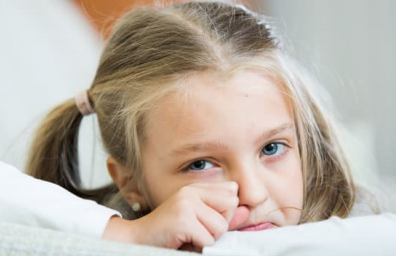De-Escalation and Emotion Regulation
The most effective classroom and behavior management strategies are those that are proactive (i.e., those that prevent negative behavior from occurring). However, for students who struggle with emotion and behavior regulation, their negative behavior can escalate quickly, even in the presence of proactive strategies. Thus, teachers also need a set of strategies that help to deescalate students when their emotions and behaviors become extreme.
Download and Print this Article HERE

The Escalation/De-Escalation Cycle:
Below is a list of common phases of escalation and de-escalation, with strategies teachers can use in each phase.
| Phase | What to do during this phase |
| Calm | Reinforce positive behavior; teach emotion expression skills |
| Triggers | Provide support; remind student of coping skills; increase opportunities for success |
| Agitation | Proximity; validate feelings; provide empathy; provide assistance; offer choices; encourage ‘take a break’ space |
| Acceleration | Remain calm, move slowly; minimize body language, speak respectfully, offer choices |
| Peak | Give a signal to others to move to a different area; contact personnel to assist; use school safety plan |
| De-escalation | Provide a cool-down space; offer water or food; provide supervision |
| Recovery | Reinforce positive behaviors; re-establish routine activities; debrief with student |
Use These Strategies to De-Escalate:
- Validate the student’s emotions or desires. If the student thinks you understand his/her feelings (or the injustice he/she perceives to be happening), s/he will be more willing to work with you
- I understand you are frustrated/angry.
- I can tell this is really disappointing to you right now.
- I know this seems very unfair right now.
- Agree with the student (to the extent you can). It’s very difficult for a student to argue or be oppositional when both parties agree.
- I wish we could [do X] too, but that is not an option right now.
- I would be angry if someone said that to mee, too.
- What he said to you was hurtful.
- Ask for solutions or choices. If the student can particippate in the solution, he/she will be more willing to engage in the solution.
- What would you like to do right now?
- Would you prefer to take a deep breath together or by yourself?
- Ask how you can help
- How can I help you?
- What can we do to help you feel better and rejoin the group?
- Reinforce self-regulation
- When you are calm, we/you can do [X] (e.g., hear his/her side of the story, allow the student to go talk to the counselor).
- Create a “cool down” (“get calm”, “chill out”) space in your classroom
- It communicates that emotions are ok and that there are effective ways to cope with emotions. In this space, have pictures that show a person closing their eyes, breathing deeply, imagining a nice place (e.g., a beach), writing, or drawing about their feelings. Have a beanbag or a pillow. Help children choose this space rather than assigning it as a punishment.

Other Ideas:
- Build a “word wall” in the classroom with a list of different words for emotions and faces that express various emotions. This will help build students’ emotional vocabulary. Work with students on recognizing and sharing varying emotions when calm, so that they have the skills to communicate about emotions when escalated.
- Remember that triggers may be related to something outside of school. Students face many stressors. Try to be someone they can count on for support.
Resources:
How To: Calm the Agitated Student: Tools for Effective Behavior Management
The De-Escalation Cycle – A Slideshow
Verbal De-Escalation Techniques to Use with Students – A Slideshow
ad and Print this Article HERE